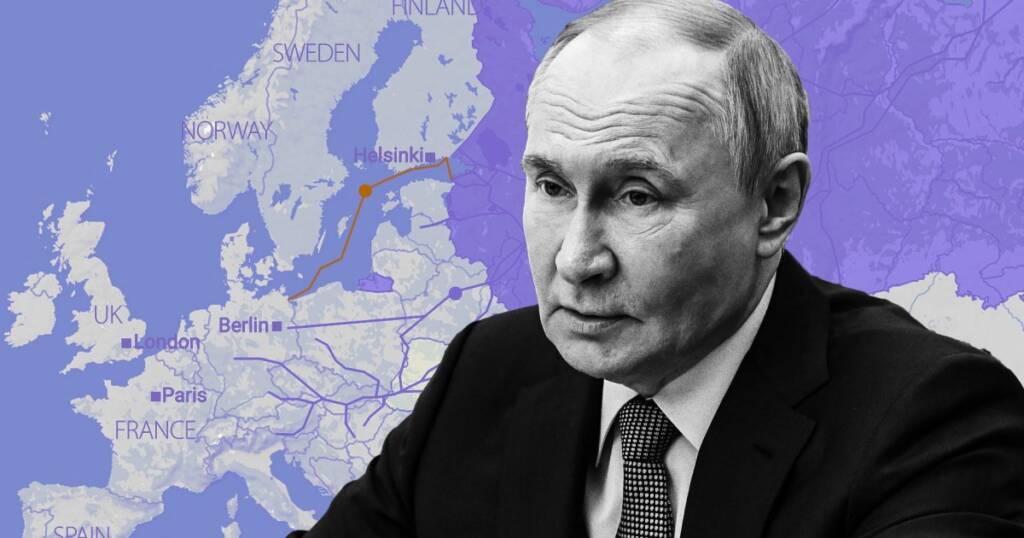Finland has announced a significant policy decision to supply €90 million (about $101 million) worth of ammunition to Ukraine, funded through proceeds generated from Russian assets frozen by the European Union (EU). These assets, largely held in European financial institutions, were immobilized in response to Russia’s 2022 full-scale invasion of Ukraine.
The move aligns with a broader EU initiative to utilize interest and returns from approximately €210 billion in Russian central bank reserves held in the bloc. While this financial mechanism does not involve the outright confiscation of the frozen funds, it marks a shift toward leveraging those holdings for direct support to Kyiv.
Impact on Finland-Russia Relations
Finland’s Prime Minister Petteri Orpo had earlier declared that Russia represents a “permanent threat” to the European Union, highlighting the need to increase defence spending and continue support for Ukraine.
This development is likely to further strain Finland’s already tense relationship with Russia. Finland, which shares a long border with Russia and recently joined NATO, has taken a firmer stance in European security matters. Utilizing proceeds from Russian assets to directly fund Ukrainian military capabilities will be perceived by Moscow as a hostile and provocative act.
Russia has previously labeled such actions as illegal and has threatened legal consequences. The Kremlin has consistently criticized the West’s handling of its frozen assets, framing it as a violation of international law and property rights. Finland’s decision may prompt retaliatory diplomatic or economic measures from Russia, though the extent of such retaliation remains uncertain.
The EU’s Role
The European Union has played a central role in shaping the framework that allows member states to use returns on frozen Russian assets to support Ukraine. Belgium, which holds a significant portion of the Russian assets in question, spearheaded negotiations that led to a tentative agreement to allocate up to €3 billion annually from these proceeds to Ukraine, 90% of which could be used for military aid.
The EU’s involvement provides legal and political cover for Finland and other member states, ensuring a level of unity and shared responsibility in what is a legally sensitive and politically charged initiative. However, not all EU nations are in full agreement. Countries like France have expressed concerns about potential legal blowback and the implications for global financial norms.
Finland’s decision to fund arms supplies to Ukraine with profits from frozen Russian assets underscores the shifting geopolitical landscape in Europe. It signals a more assertive EU stance on supporting Ukraine while raising the stakes in Europe’s complex relationship with Russia. As the war continues, such financial and military decisions are likely to play a critical role in shaping both the conflict and the future of European security architecture.
